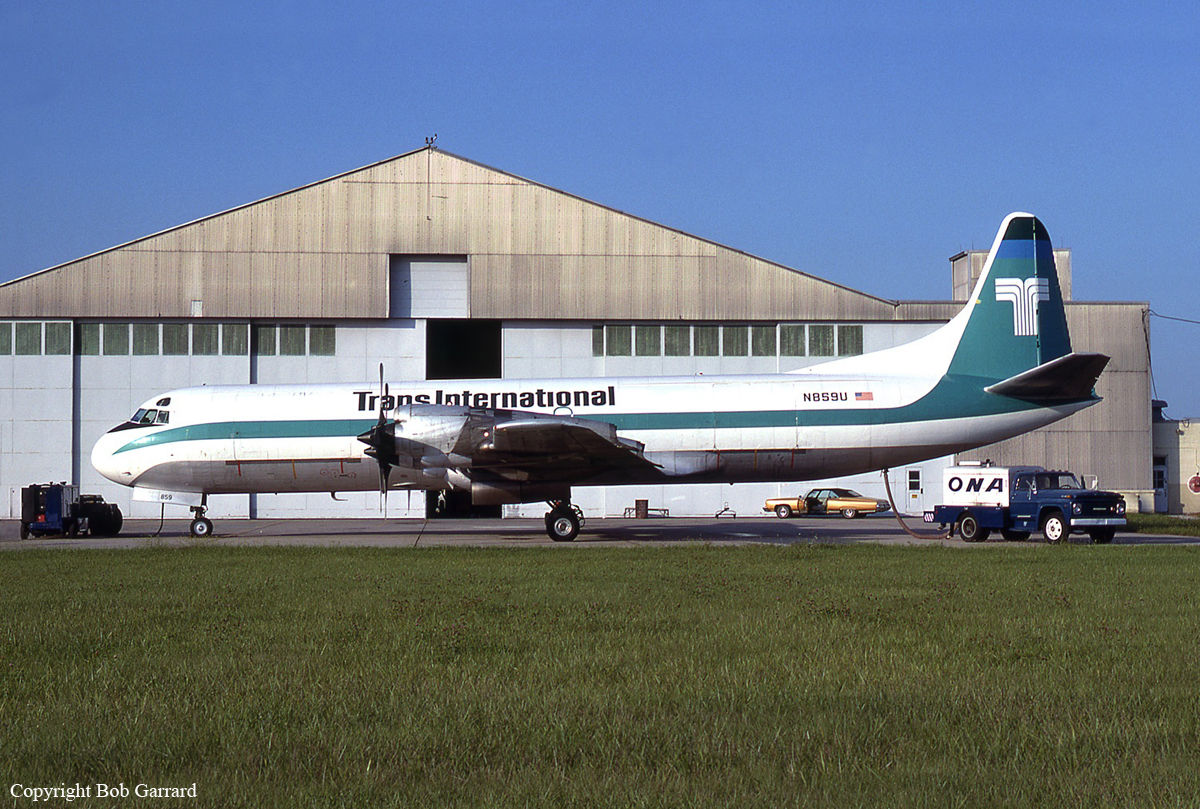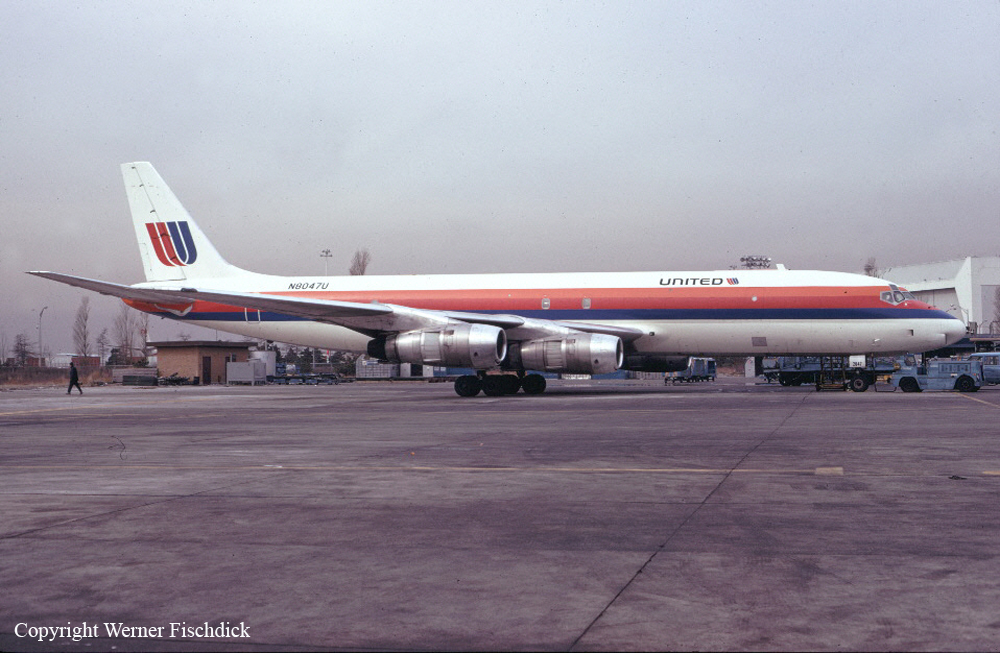Crash of a Piper PA-31T Cheyenne II in Delta
Date & Time:
Jan 17, 1982 at 1435 LT
Registration:
N91TW
Survivors:
Yes
Schedule:
Delta - Las Vegas
MSN:
31-7820078
YOM:
1978
Crew on board:
1
Crew fatalities:
Pax on board:
2
Pax fatalities:
Other fatalities:
Total fatalities:
0
Captain / Total hours on type:
520.00
Aircraft flight hours:
340
Circumstances:
Approximately 1/2 mile from the airport after takeoff, the pilot noticed the left front baggage door partly open and made a left turn back toward the airstrip. After the turn, the baggage door came completely open, the left wing dropped immediately and the aircraft stalled. The pilot added full power and lowered the nose. When he raised the nose near the ground, the aircraft shuddered and crashed. Two rescue personnel, both certified pilots, arrived shortly after the accident and found the nose baggage door in the unlocked position with the bayonet pins retracted. A Piper representative stated that if the left side nose baggage door of a PA-31 opened in flight there would be the likelihood of an interruption to the smooth airflow through the prop, possibly reducing the thrust produced by the blades.
Probable cause:
Loss of control in flight while maneuvering to landing area after the pilot failed to maintain flying speed. The following findings were reported:
- Cargo door unlocked,
- Inadequate preflight preparation,
- Aircraft performances deteriorated,
- Inadvertent stall by the pilot.
- Cargo door unlocked,
- Inadequate preflight preparation,
- Aircraft performances deteriorated,
- Inadvertent stall by the pilot.
Final Report:






